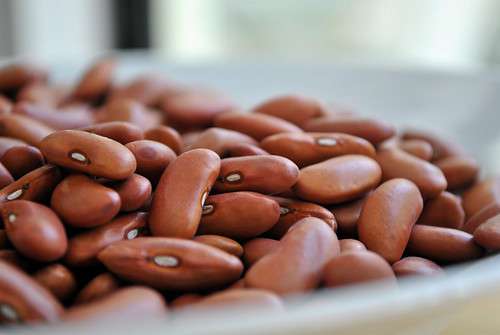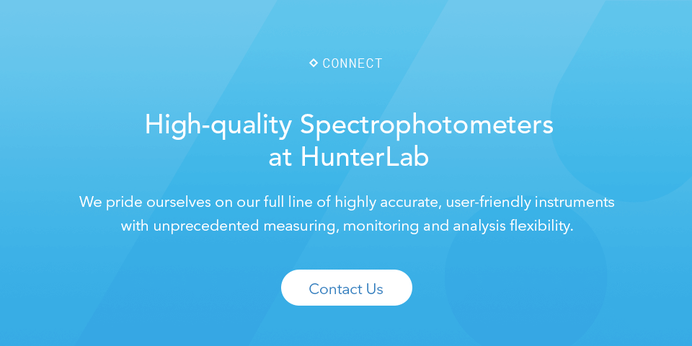
The color of beans is an important indicator of quality, as out of spec color may indicate a substandard product Image Source: Flickr user missuscallaway
Beans are one of the oldest cultivated plants in the world and have served as a vital source of dietary protein for thousands of years. Today, there are over 40,000 bean varieties in existence, with dozens being commercially mass-produced for the consumer market in countries around the world. Although beans share a similar general appearance, different types vary greatly in flavor and aroma profile, giving each one a unique place within the culinary spectrum.1 For bean producers and commercial food companies that buy beans, establishing quality control parameters for each bean variety is essential to ensuring that bean lots consistently meets expectations.
Because the color of beans acts as a primary quality indicator, spectrophotometric color measurement is considered a critical part of quality assurance protocols and may be applied to any bean variety.2 Not only is spectrophotometric color measurement a valuable part of your internal quality assessment processes, it is also vital to ensuring that both raw and processed beans meet federal regulations for color quality and consistency.3 As Rachael Stothard writes:
Being a natural food stuff, there is bound to be disparity from bean to bean. All types of bean, regardless of the requirement and the reason for processing the bean, can be analyzed the same way; through reflected color measurements; all that is needed is the correct spectrophotometer.4
The nature of beans, however, presents special challenges to spectrophotometric color analysis. By understanding these challenges and the technologies available for overcoming them, you can choose a spectrophotometer with the features necessary to create accurate, reliable, and repeatable measurements.



